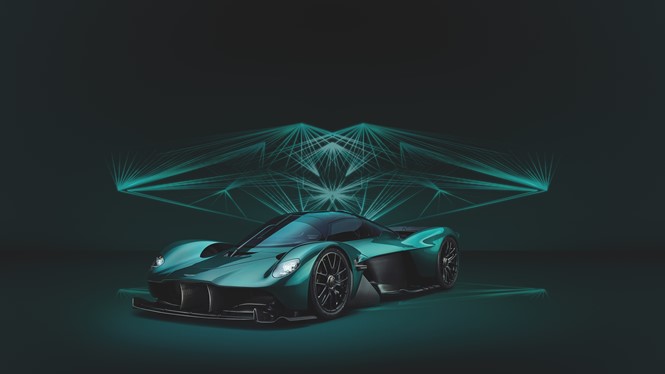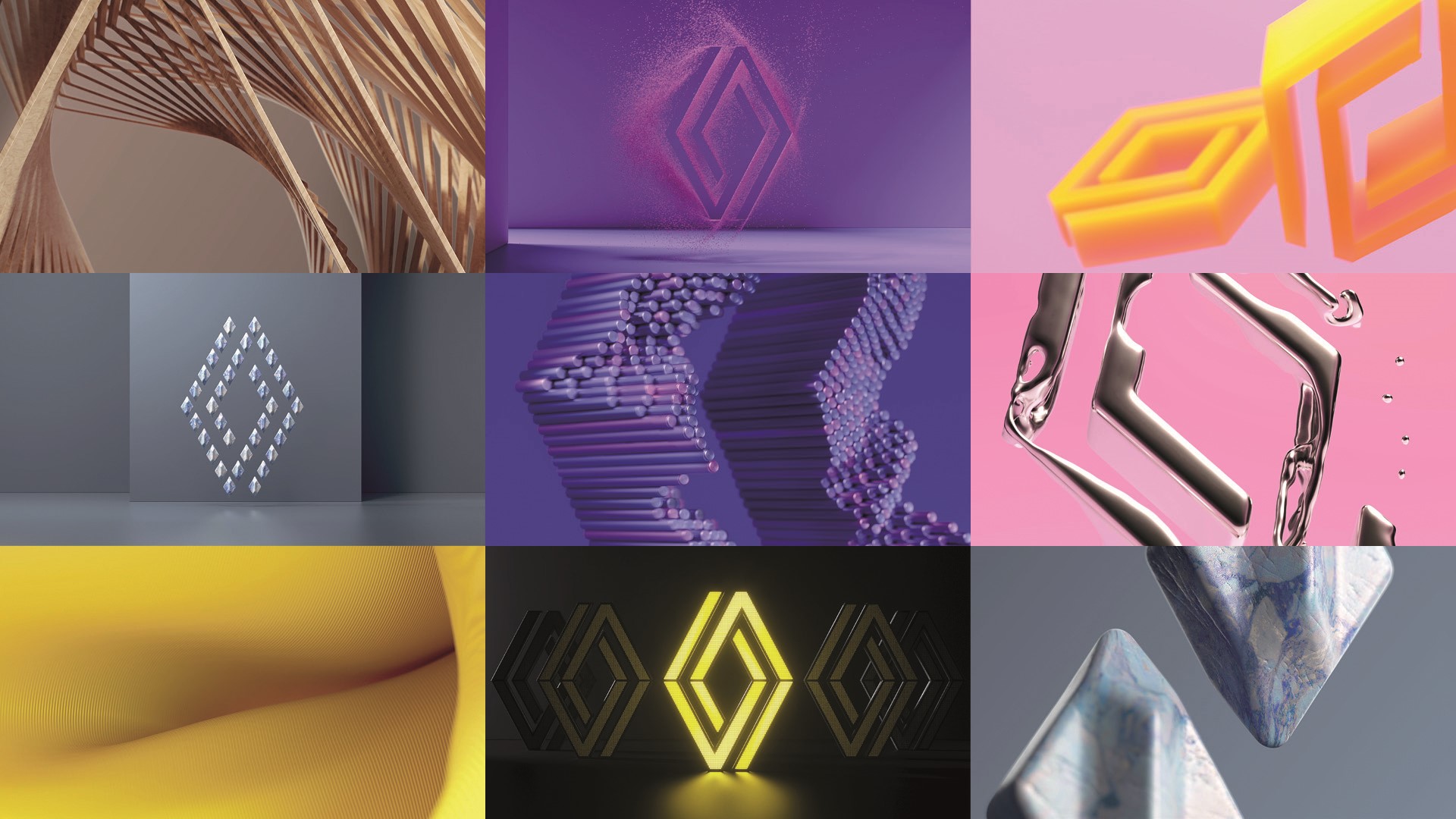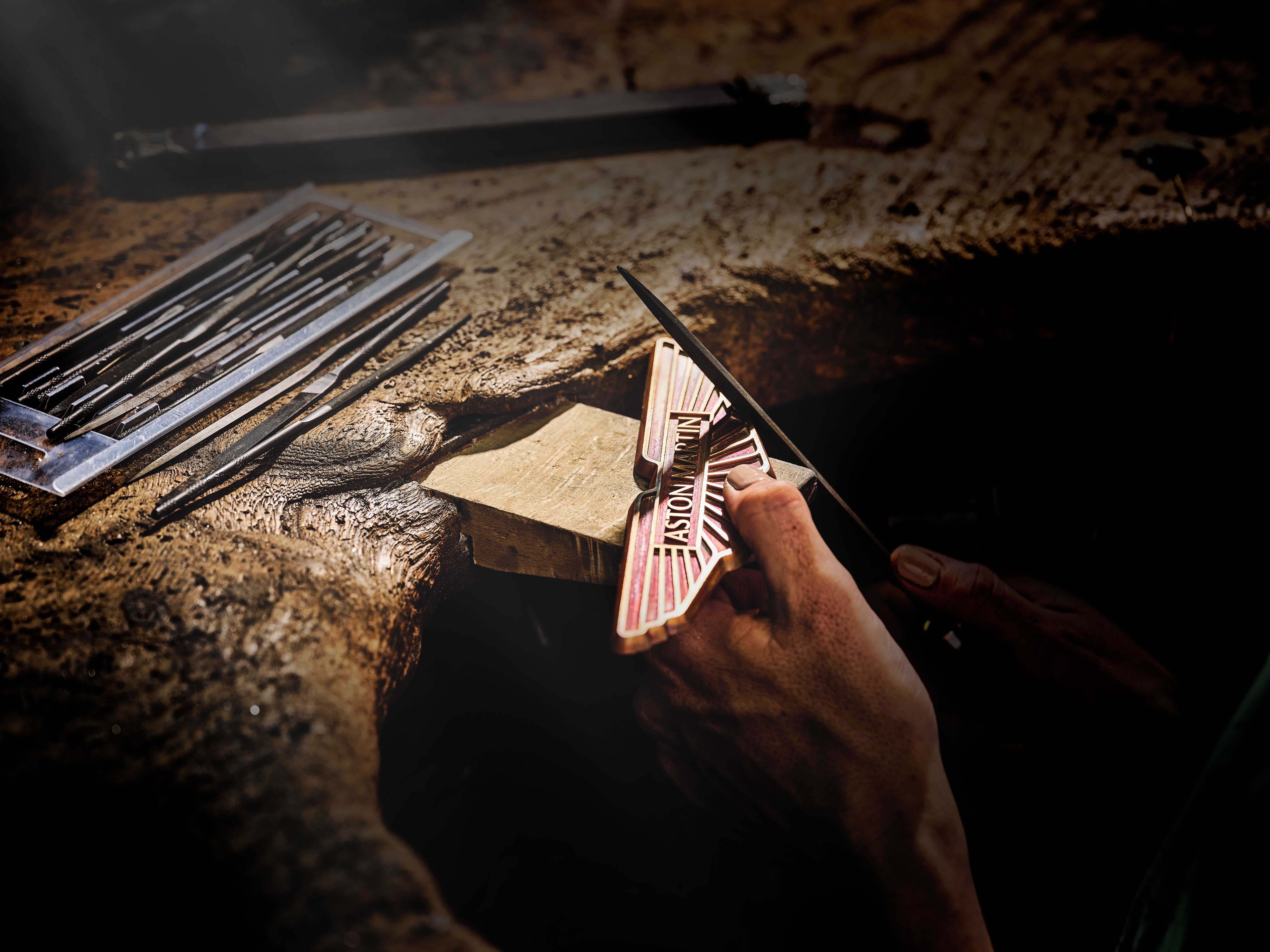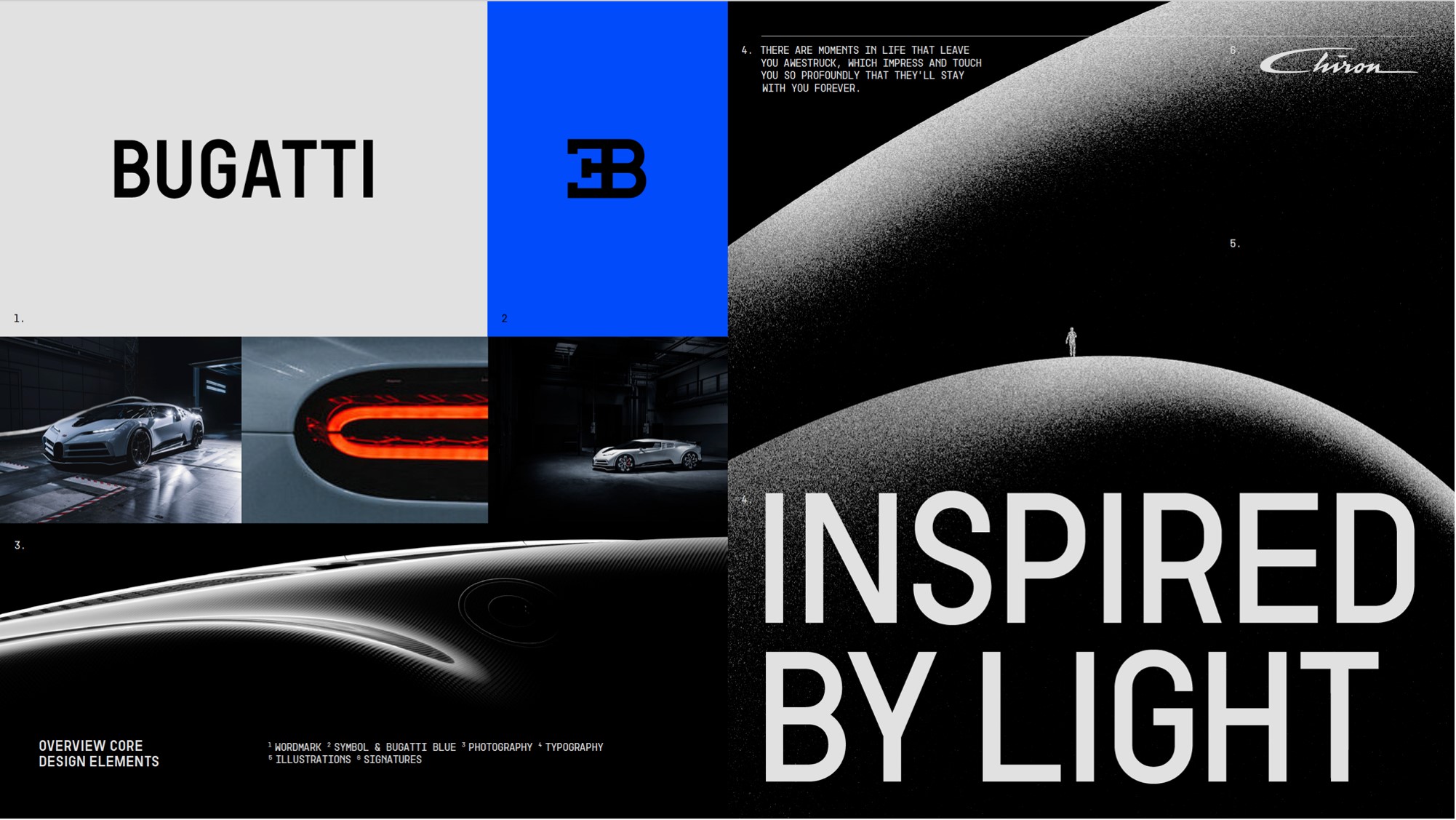Wide of the marque

The automotive industry is undergoing a branding overhaul as its vehicles adopt more digital services, but at what cost? David Benady investigates whether car brands are starting to lose their appeal.
As the automotive industry goes through the biggest upheaval in its history, designers are tinkering with some of the world’s most famous car visual identities to prepare them for the new era. Luxury marques Bugatti and Aston Martin have recently unveiled updated logos, while mainstream brands such as Renault, BMW, VW, Citroen, Nissan, and Toyota have all revised their brand touchpoints in recent years. The redesigns are flattening out and simplifying the marques to adapt them to digital environments. Many car brands had created three-dimensional, textured logos in the 90s and early 2000s – now this strategy is being reversed.
French automotive brand Renault last year unveiled an update to its diamond marque, flattening it out for digital use, while also modernising the brand’s image. Created through a collaboration with design agency Landor & Fitch, the redesign seeks to capture Renault’s heritage while positioning it for the future. Jérémie Barry, creative director at Landor & Fitch, says Renault has long positioned itself as a lifestyle brand, summed up in its long-running slogan ‘Des voitures vivre’, or cars for living. The brand’s previous static chrome logo, created in 2002 and tweaked in 2015, was suggestive of the quality of the product but needed to focus more on the lifestyle elements of the brand.

Barry says, “It didn’t really fit well with Renault because it was an expression of the product. Renault has always been about giving an experience you can live with, rather than simply a product. We wanted to reveal again this iconic claim of the last 50 years and bring back this sense of a lifestyle experience.
“We want to celebrate the diversity of experience, and how you can live your whole life through the brand. That's why we found this solution to leverage the icon.”
The lines of the redesigned marque overlap to create the impression of a dynamic brand in perpetual motion. It is an open-ended shape, intertwining without joining, which Renault says creates a symbol of inclusivity, transparency, and openness. The design has been created with communicative design in mind, so it will be used in a variety of motion graphics, redrawn and animated through video and digital displays.

This is crucial since cars are no longer just hunks of metal belting down the road. With the phasing out of the internal combustion engine and a new push towards electrification and connectivity, the automobiles of today are becoming mobile software systems, providing connected digital services from entertainment to maps and automated parking. Dashboards are growing ever wider to almost cinematic proportions and feature touchscreen controls as cars turn into smart devices on wheels. Car visual identities are no longer simply a badge on a bonnet, but the branding in a digital display system. And like any logo in the modern economy, they must give the brand the flexibility to badge a variety of products and services.
As Jim Prior, global chief executive at Superunion, says, “Car companies, like all great brands, are looking at the opportunities beyond the automobile and how they can increasingly become lifestyle brands. The more your service set extends beyond engineering and into a range of other services, the more applicable the brand may become in future to being in other lifestyle related environments. This is in the same way that fashion brands have extended into hotels, apparel, and lifestyle accessory brands. Car companies are looking to do the same.”
Prior says he has no great love for the three-dimensional marques that are being replaced. These were developed in the 90s and early 2000s and he feels many of them became overly fussy. He supports moves to strip marques of complexity and refine them down to their essence.
“The attempt to reproduce three-dimensional forms of car logos in two-dimensional space became incredibly complicated. There was a lot of 3D modelling going on and a lot of quite dodgy work was produced in that time. I'm personally not averse to a simplified strategy to branding. There are situations and use cases where a simplified logo is going to work much better in the context of, let's say, an interactive digital experience,” he says.


Luxury British car marque Aston Martin has subtly updated its visual identity in a redesign by graphic designer Peter Saville. The wings have been streamlined and the semi-circle removed to give it a simpler appearance. Prior says Superunion is working with Aston Martin to use the marque in a variety of settings.
However, by being flattened out and stripped back, car logos have been criticised for looking similar and failing to stand out from the crowd. Stewart Davies, creative director at Wolff Olins says, “As much as car logos of old are impractical for today's digital world, they are full of character, tactility and heritage. This is often thrown out the window when they make the transition to flatter digital-first brands.”
He wonders whether it is possible to create an iconic, modern car brand that is also digitally ready. Retaining the character and physicality of the brands, giving them a unique and distinguishable feel while still allowing the brand to function digitally is a tricky balancing act.
“The problem I foresee is that the simpler and flatter we go, it leaves us with very little wiggle room to stand-out, inject character and ultimately, be different. This might provide the answer as to why so many of the recent car redesigns have felt like carbon copies of one another,” he says.
He adds that while a logo embodies much of what a brand stands for, in modern branding everything shouldn’t hinge entirely on it to get across the narrative about the brand. “It's really just one component in a larger toolkit,” says Davies.
He adds, “Redesigning just a logo doesn’t carry much meaning or impact if the rest of the experience doesn't tell a new compelling and connected narrative. Current car logo redesigns are often centred more on solving a functional need, but brands need to look more broadly if they want to leave a lasting impression.”

Meanwhile, French premium car brand Bugatti has just unveiled an update to its marque, designed by Interbrand as part of a broader redesign of its corporate identity. Jens Grefen, executive director of creation at Interbrand CEE, says, “Successful brands in the modern age need to do more than sell a product or make their logo flat.” The redesign prepares Bugatti for a world where brands will go beyond their association with a particular product and promote a feel, look and experience.
“Bugatti is on the verge of moving into a new category of its own beyond automotive, engaging exclusive audiences,” he says. To help with this, the brand needs to make meaningful connections with audiences so they buy into the brand’s belief systems.
The identity system uses visual cues from the Bugatti’s past such as its French heritage, elegance and colours and gives them a “modern twist.
“The identity creates these moments of awe by playing with scale, contrast, tension and focus, by playing with the beauty of shapes. It celebrates what Bugatti was, is and will be – a unique experience of form, art and technique,” he says.
Long-held ideas of car ownership and control are giving way to a new era of mobility where a variety of business models abound such as subscriptions, rentals and app-based taxi services. With the eventual arrival of autonomous vehicles, car marques will need to be adaptive and strike partnerships with brands in adjacent fields.
They will be competing to offer digital services such as entertainment and communications directly with US tech companies, such as Apple or Google which may even launch their own cars. The marques and corporate identities of established auto brands will have to work hard in digital interfaces and in brand partnerships. But some may feel that as they cease to serve simply as a badge adorning the bonnet, car marques are losing some of their appeal.












